The Lake Superior region is known for haunted ship tales. But the legend of the phantom railroad brakeman who walks the night, his swinging lantern visible from a dead-end road in Ottawa National Forest, is perhaps the most famous ghost story of all. A Michigan Tech student research team’s investigation is featured in the latest re-telling of the Paulding Light mystery Tuesday night on Discovery's Science Channel.
The new series "Strange Evidence" airs at 10 p.m. EDT tonight. (Fair warning: In addition to the Paulding mystery, the premiere episode examines footage of a customer who caught fire in a Kentucky convenience store.) Show producer, WAG TV, came to film in Paulding, the tiny western Upper Peninsula community located between Watersmeet and Bruce Crossing in July 2017.
Producers contacted researcher Jeremy Bos, an assistant professor in Michigan Tech's Electrical and Computer Engineering department, to re-create the 2010 investigation that showed the lights were less-than-otherworldly.
Bos, then a PhD candidate student, didn’t go to Paulding to debunk a cherished legend. The investigation was organized for the student-led chapter of SPIE, a professional society that focuses on optics and photonics, as a fun social-and-learning experience to help students learn how to conduct research and encourage them to continue on with their own research interests.

From Our Research Archives: Unraveling the Paulding Light Mystery
The team's work included multiple visits to the site, and recording the number and frequency of vehicles on the highway 4.5 miles away at the spot where the lighting originates. (The location was easily determined after they picked up the Adopt-a-Highway sign in their telescope.) Student researchers also used a spectrograph to characterize and compare the Paulding lights to car headlights. And they conducted atmospheric modeling.
Some folks say that the lights the team investigated aren't the real Paulding lights.
Bos, who first saw the lights himself in 1997, says people can believe what they choose.
"Unless the road has moved, or there is construction on US-45 that bypasses the source location, the lights will always be there."
Don’t (Won’t) Stop Believin’
Why do people start to believe in strange or seemingly paranormal happenings and continue to believe in the face of contrary evidence?
"Psychologists have spent quite a bit of time discussing issues almost exactly like the Paulding Lights phenomenon," says Adam Feltz, Assistant Professor of psychology and applied ethics, in Michigan Tech's Cognitive and Learning Sciences department.
Feltz's research, in cognitive engineering and decision-making, is outside the paranormal realm, but he agreed to explain in general terms the psychological mechanisms at play.
"We see this in some psychology of conspiracy theories," says Feltz. "Believing may allow for that feeling or belief of being special. Second, people may just try to make sense out of the world, and having some 'weird' beliefs may do that. The Paulding Lights may fit into an overall narrative about the world that helps people feel like they understand it better. Finally, one may want to feel like they are part of a group. Believing in the Paulding Lights may allow one to feel like they are part of a larger group, that they are one of 'us.' "
The let-us-keep-our-Sleepy-Hollow mentality in the face of evidence to the contrary is case of motivated reasoning, Feltz explains.
"Basically, it's hard to change a belief, especially when one is invested in that belief emotionally."
"Think about it on the surface—how does it feel to be wrong about something you really care about? Probably pretty bad, and you’d go through a lot of effort to try to not have to change your false belief about something you really cared about. It would take a lot of evidence to do that, at least for some beliefs," says Feltz.
A related line of research centers on the human tendency to believe news stories, even after false or inaccurate stories are retracted. "People read the retraction, but still tend to believe the original false or inaccurate news story," he says. "In other words, the retraction didn’t have much effect."
Going to the Light
There actually is a Sleepy Hollow — or at least a road by that name, on the way to Paulding Light. Headed from Houghton, south on US-45, past Bruce Crossing, Sleepy Hollow Road, Memory Lane, Running Bear Resort and No Problems Inn, turn right on the unmarked sand-and-gravel Robbins Pond Road. The seasonal forest service sign has been removed this time of year. But the sign for the national forest campground will confirm you're in the right place.
"The most interesting atmospheric effects happen near sundown, and unless it’s warm and sunny during the day the fall is not as interesting as late spring," says Bos. The researcher, whose studies are based on interaction between light and air, says that's because sandwiched hot and cold air creates an optical duct. "From a scientific hypothesis point of view, midnight is probably the least interesting time," he says, but notes that in complete darkness at midnight, you may experience autokinesis, which is the visual illusion of a stationary object—for instance, a point of light—that looks to the human eye like it's moving. On Friday the 13th the place is silent, save for blue jay calls and a rustle in the bushes (squirrels?). A pile of spent fireworks ordnance, beer cans and cigarette butts hint at summer parties. The tread-marked state recreation trail continues past the road barrier, snaking down into the valley parallel to a picket of power lines, climbing up to the distant highway.
The lights appear as if on cue, at dusk. In the still-ambient falling darkness they are clearly cars. Then, as true darkness falls, something that looks rounder, just a tad higher above the notch of tree line, lingering longer. And the optics of a half-century-old legend again work their magic.
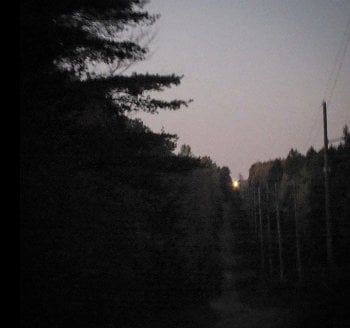
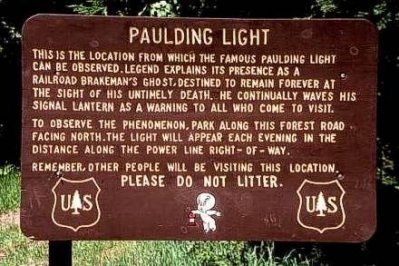
Michigan Technological University is an R1 public research university founded in 1885 in Houghton, and is home to nearly 7,500 students from more than 60 countries around the world. Consistently ranked among the best universities in the country for return on investment, Michigan's flagship technological university offers more than 185 undergraduate and graduate degree programs in science and technology, engineering, computing, forestry, business, health professions, humanities, mathematics, social sciences, and the arts. The rural campus is situated just miles from Lake Superior in Michigan's Upper Peninsula, offering year-round opportunities for outdoor adventure.
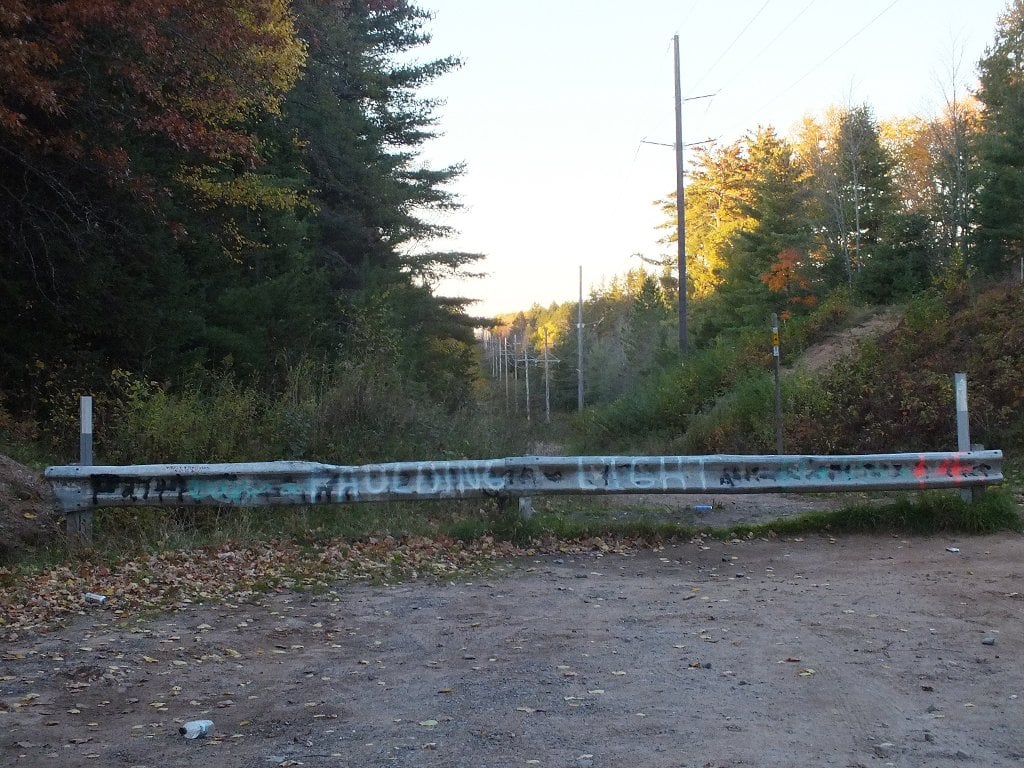

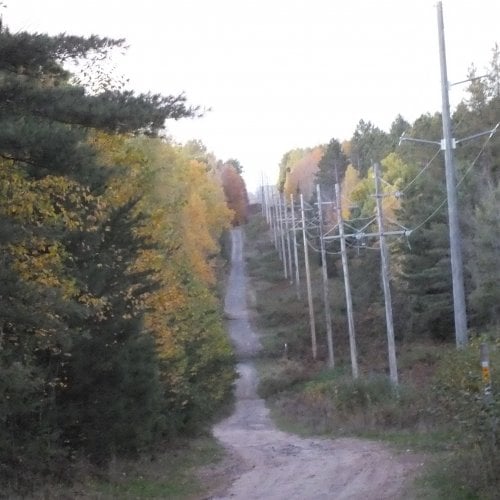

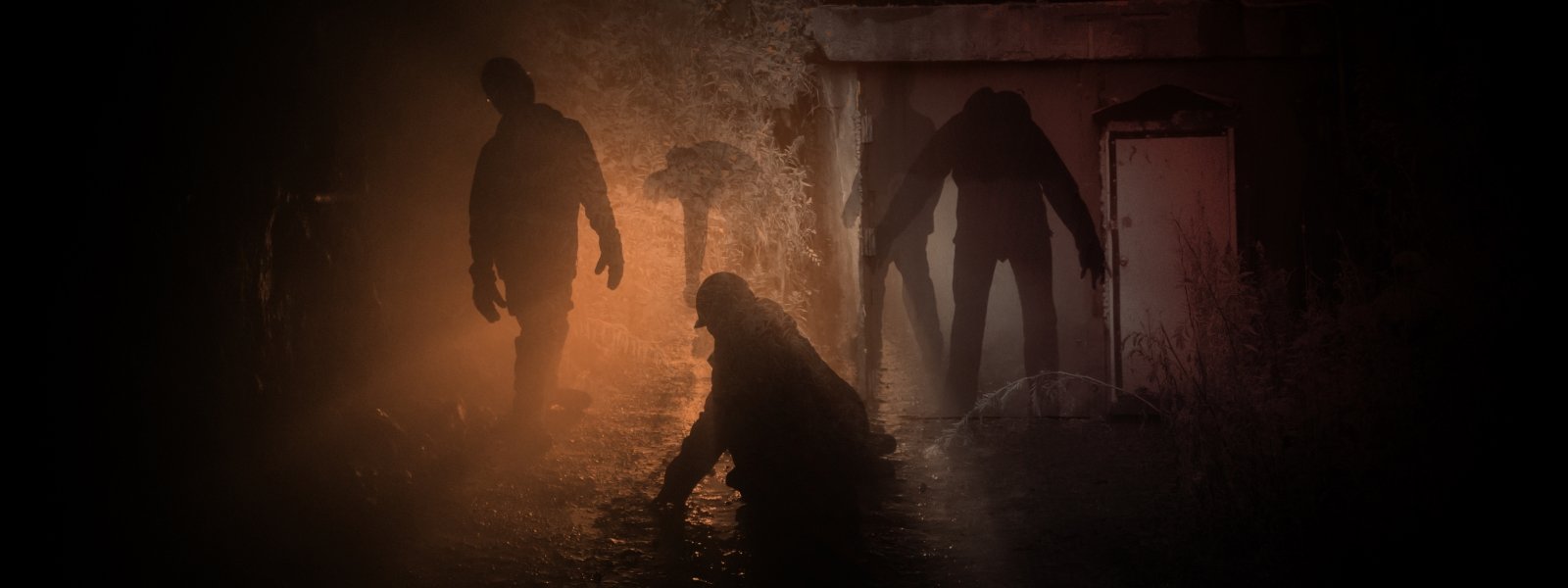
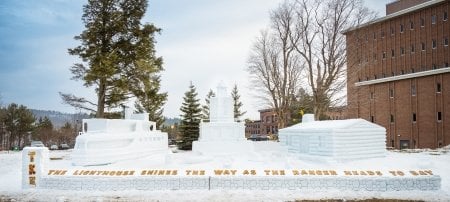

Comments